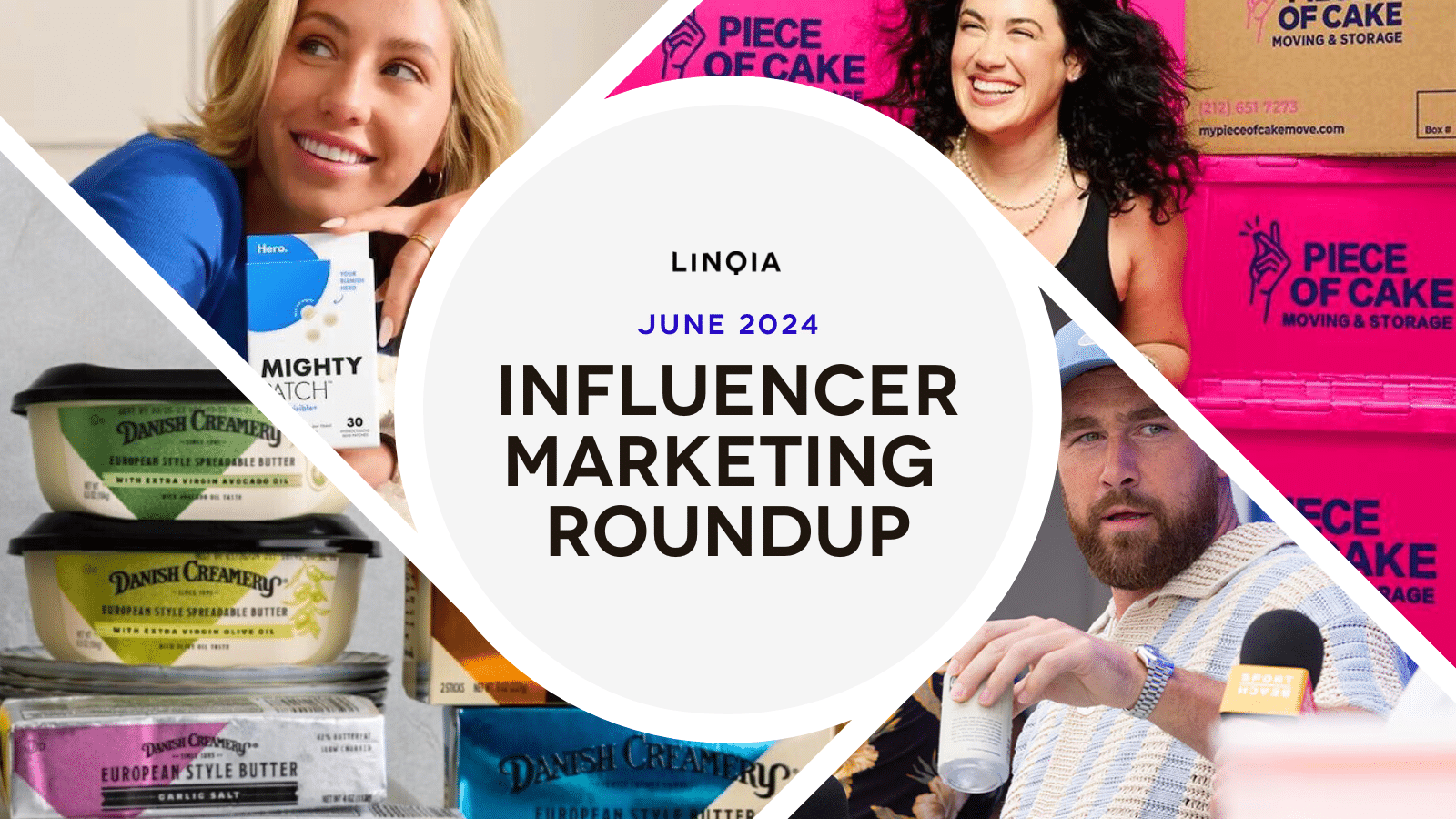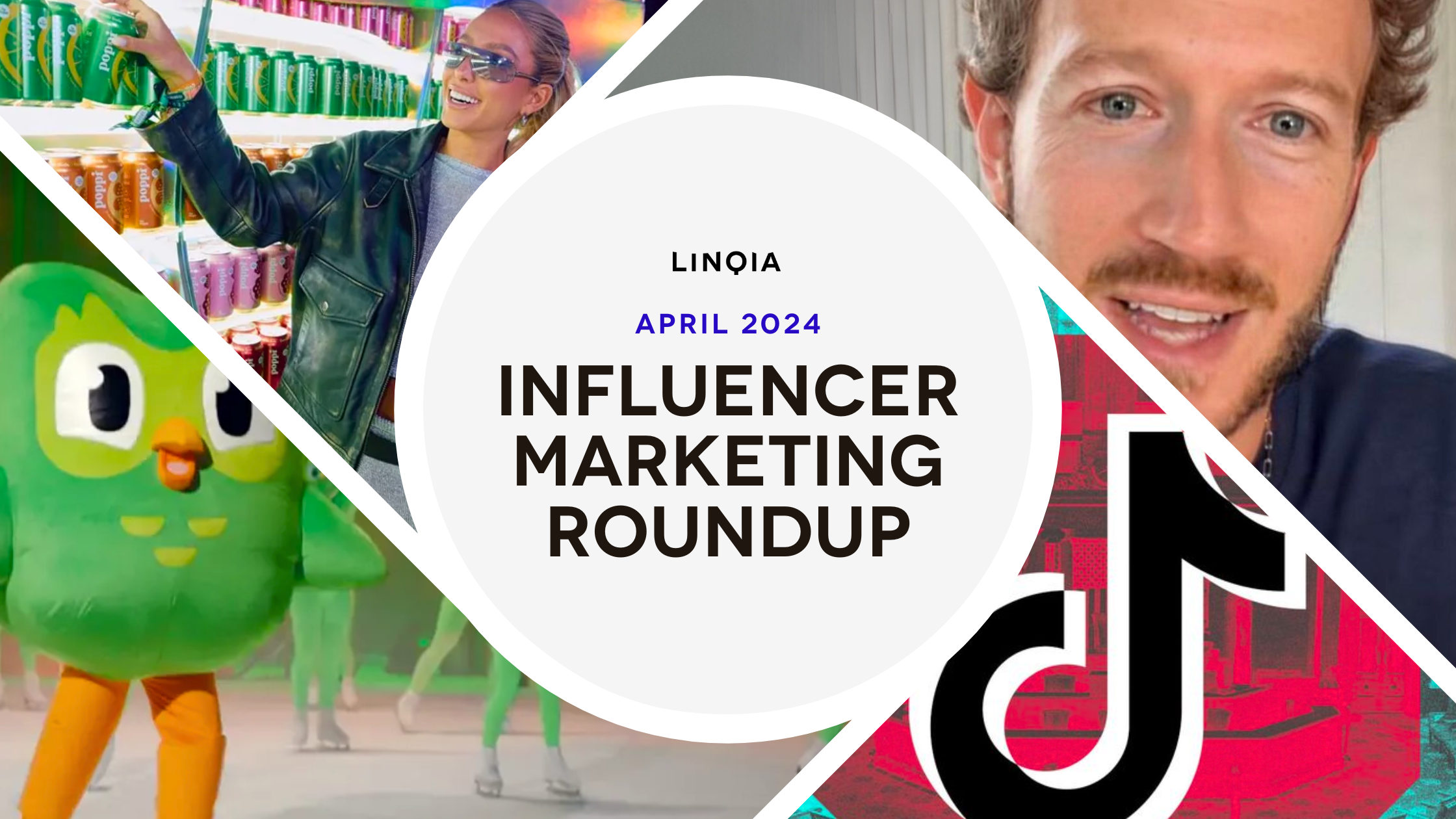This article originally appeared in Business 2 Community.
Consumers are overwhelmed with content. The average consumer is exposed to up to 10,000 brand messages a day, from social and display ads to traditional print, radio and television broadcasting ads. But there’s a problem – consumers have become impervious to these messages. According to Forrester, 38% of U.S. adults installed an ad blocker and 50% claimed to actively avoid ads on websites in 2017.
So why spend millions of dollars on expensive ad buys when no one will see them? Today’s consumers trust people more than they do ads – 92% trust recommendations above all other forms of advertising and 83% take action because of those recommendations. As a result, 9 in 10 marketers have turned to influencer marketing, shifting portions of their ad spend into the tactic and holding it just as accountable as traditional media buys. In fact, marketers have found influencer marketing to be so effective that 39% plan on increasing their influencer marketing budget this year.
This surge in popularity has spawned hundreds of influencer marketing providers that claim they can help brands with their influencer marketing efforts. But how do you know which one is best for a brand’s specific objectives? And how can you identify the core differentiators to determine which company will be your business partner and not simply another vendor?
This article is designed to help brands and agencies understand what influencer marketing is, how it can best be applied and how to evaluate the influencer marketing landscape in 2018.
Why Is Influencer Marketing More Effective than Traditional Advertising?
Research shows that influencer marketing can sway the opinions of today’s consumers more effectively than traditional advertising. Influencer marketing has become an important part of the modern marketing mix for three important reasons:
- Markets to millennials – 84% of Millennials do not like advertising because they don’t see it as trustworthy. However, there are a few voices Millennials do listen to – their personal connections and online peers. The top three sources that influence purchasing decisions by Millennials are recommendations from friends and family (80.5%), recommendations from within their social media circles (73%), and online reviews by people they do not know (67.5%).
- Combats ad-blocking – Influencer marketing is the ideal solution for circumventing ad blocking technology as the content is inherently different from digital display ads because it provides entertainment or informational value as part of a trusted recommendation. Influencer content is also easily discoverable and “native,” meaning it appears in social feeds or in blog posts that cannot be blocked. As a result, the average CTR on influencer content run through Linqia’s platform can be as high as 7%, compared to an industry average of .05% for display ads.
- Improves the performance of other channels – The most effectively run influencer marketing programs provide brands with original content, distribution rights, and lifetime value. Authentic, influencer-generated content not only builds trust between the influencer and audience, but it also provides brands with a valuable repository of nuanced content. The best influencer marketing providers offer content distribution rights so brands can repurpose the best performing pieces of content to drive greater effectiveness from their paid, owned, and earned channels. And since influencer content is evergreen, it continues to be discovered through search and social sharing even after the program ends, driving even more traffic and conversions over time.
What Should You Use Influencer Marketing For?
The first step of launching an influencer program is identifying why you’re in need of influencer marketing in the first place. Marketers find the tactic appealing because it can simultaneously address many of the challenges they face today, including:
- Increasing awareness – With influencer marketing, brands can reach millions of consumers through the voices of people they trust the most – their peers. 63% of marketers work with 10 or more influencers per program while nearly a quarter (24%) work with 25-50 influencers per program. The influencers create hundreds, even thousands, of pieces of original content about a product or brand and share them across multiple social networks, increasing awareness through authentic stories versus the limited amount of real-estate available in traditional and online ads.
- Engaging consumers – 60% of marketers use influencer marketing to spark audience engagement around a brand or product. When you work with influencers, engagement happens naturally as a result of the meaningful relationship influencers already have with their audiences. Remember, consumers are more likely to engage directly with your brand or product if they’re introduced to it by someone they trust rather than through brand-created content.
- Driving traffic – Influencer marketing has also proven itself to be a reliable tactic for generating inbound traffic, as 56% of marketers use it to drive consumers to their website or landing pages. Because influencer content is evergreen, blog content continues to surface in search results and drive traffic long after the conclusion of the program. In fact, data from Linqia Performance Platform shows that influencer blogs drive up to 40% more traffic and conversions in the six months after the conclusion of a program.
- Growing your database – Brands interested in growing their database can use influencer marketing to connect with new consumers by asking influencers to promote their brand through a sweepstakes, newsletter sign-up, or coupon download. Their excitement will encourage their audience to follow so the next time you reach out to that consumer, they will already be familiar with your brand and more likely to engage. For example, after teaming up with Linqia for various multi-flight influencer marketing programs, Mezzetta grew its distribution list from zero to over 70,000 consumers that open and engage with its emails at rates above 50%.
- Driving online or in-store purchases – Display ads, with their limited real estate, are largely ignored or, even worse, blocked from appearing for the hundreds of millions of people who use ad blockers. Influencer marketing can be very effective at driving sales in a world high-impact recommendations, like those from a friend or trusted influencer, are 50 times more likely to trigger a purchase.
Who Are Today’s Influencers?
52% of marketers are planning influencer marketing programs that leverage multiple types of influencers (celebrities, top-tier, mid-tier, micro-influencers) as part of an integrated strategy. However, not all influencers are created equal, so it’s important to understand the differences between the groups.
- Celebrity and top-tier influencers are social media superstars with millions of followers. From Kendall and Kylie Jenner to YouTubers like Michelle Phan and Zoella, these influencers are appealing because they come with a massive audience and impressive potential reach numbers. However, many brands are beginning to question the top-tiers’ true impact, particularly after The New York Times exposed how common it is for individuals to purchase fake followers in an effort to look more popular or influential online. In most cases, the hefty price tag associated with star power returns more buck than bang. Despite their massive audience, consumers today are wary of celebrity endorsement and trust micro-influencers over celebrities at a rate of seven to one.
- Micro-influencers are defined as individuals with audiences of between 2,500 and 250,000 followers. These influencers are trusted by their audiences and have built their following organically rather than through celebrity status. Micro-influencers have a close knit community that follows them for their ability to tell stories that inform and entertain. And while power-middle influencers have a smaller reach than celebrity and top-tier influencers, they have an audience that’s more likely to take action, listen, and engage because they trust the influencers’ reviews and opinions similar to how they trust a friend or colleagues. Micro-influencers also come at a more affordable price, with the ability to activate segments by demographic, geographic, interest graph, and behavioral attributes. However, working with a large pool of micro-influencers can be time consuming, as brands must manage the content to ensure messaging stays on brand.
- Fans and advocates have influence through traditional word of mouth (WOM) with friends, family, and colleagues. This category can include everyday people or employees. Examples of activations in this category include referral programs used by ridesharing apps and delivery services, where the user can offer a unique code to friends and family for a mutual discount or reward. Tapping into people who are already passionate about a brand can help amplify awareness during a product launch and promote new offers, but everyday people have limited reach and can only influence those in their close circles. It can also be challenging to mobilize this category of influencers at scale.
How Are Influence Marketing Programs Priced?
There are five typical pricing models for influencer marketing programs: pay-per-post or flat-rate pricing, product compensation, cost-per-engagement, cost-per-click, and cost-per acquisition. Determining which pricing model is right for you depends on the goals of your program.
- Pay-per-post – Individual influencers are paid a flat rate for creating and publishing a piece of content, whether that be a tweet, a photo, a video or a blog post.
- Product compensation – Brands offer product or travel compensation in lieu of monetary payment, which can range from an all expenses paid trip to being among the first consumers to use a new product.
- Cost-per-engagement – Influencers are compensated based on the number of engagements their content draws (likes, shares, retweets).
- Cost-per-click – Brands pay for consumers who have taken an action after being inspired by influencer content (typically clicking through to visit a brand’s landing page).
- Cost-per-acquisition – Influencers are compensated based on the number of sales or subscription sign-ups they drive.
What Influencer Marketing Technology Platforms Are Available?
Influencer marketing platforms fall into two categories: self-service tools or turn-key program providers. A brand’s budget and bandwidth typically determine which of the two is best fit for its individual needs.
- Self-service tools enable brands to manage their own influencer marketing programs. These platforms are commonly used by PR agencies and are also ideal for smaller companies looking to get their feet wet in influencer marketing or those with a team dedicated to their influencer marketing efforts. Brands login to a self-service platform and manage all aspects of the program, from influencer selection to running post-program reports and analytics. Self-service tools include:
- Influencer scoring platforms – These platforms identify which individuals are talking about specific topics and products. Brands can then identify who the best influencers are to work with them based on those interests, as well as follower counts and typical engagement metrics. These platforms rank and score influencers based on their web presence, engagement levels and social profiles. The pros: brands can quickly identify influencers based on subject matter and following. The cons: brands must manually reach out to each individual or partner with an agency to launch an influencer marketing program.
- Self-service influencer management platforms – Self-service platforms automate the time consuming aspects of influencer outreach and management, including discovery, communications, negotiating payments, and reporting/analytics. The pros: brands have the ability to manage and customize a program from beginning to end. The cons: it is time consuming to vet and manage influencer relationships, especially when working with hundreds of individuals. Also, brands miss out on the strategy, insights, and best practices offered with services solutions.
- Proprietary, in-house tools – Smaller brands often opt for in-house tools if they don’t have the budget for a self-service influencer marketing platform. In these cases, marketers often manage these processes using Google docs and internal databases. The pros: brands have the ability to develop and nurture individual relationships. The cons: it is extremely time consuming, labor intensive, and difficult to scale. Discovering and matching influencers is also significantly harder and more subjective with this option.
- Turn-key program providers offer many of the same capabilities as self-service influencer management platforms but require little setup, management, or configuration. All of the matching, communication, program management, and performance analytics are automated through the platform and complemented with services, allowing the brand to focus on the strategy and messaging behind a successful program. Brands and agencies get a dedicated Customer Success Team to function as an extension of their team, collaborating on strategy and execution while also managing towards the program’s goals and quickly identifying and resolving any issues that may arise.
Influencer marketing is hard, but it doesn’t have to be painful. Take time to think through the right fit for your business and partner with a mix of influencer marketing providers that will deliver the results you’re looking for. Working with right partner can be the difference between a program that is an expensive dud or a strategic, profitable investment.
Top Influencer Marketing Trends in 2018
Linqia recently surveyed 181 marketers to learn more about how brands and agencies are using influencer marketing and how they plan to leverage the channel in 2018. The survey found that marketers are getting more sophisticated in their strategies and that influencer content is making a cross-channel impact as the industry matures.
- 52% of marketers cited running influencer marketing programs that leverage multiple types of influencers (celebrities, top-tier, micro-influencers) as part of an integrated strategy.
- Another 44% plan to use influencer content to improve the performance of other channels.
- More than half of the 81% of marketers that currently use influencer content in other channels say that it outperforms brand-created content.
- More than a third of marketers (36%) are planning to integrate influencer content with e-commerce to drive product sales.
For a detailed breakdown of these key trends, you can download the full report, The State of Influencer Marketing 2018.
Image: Pexels




